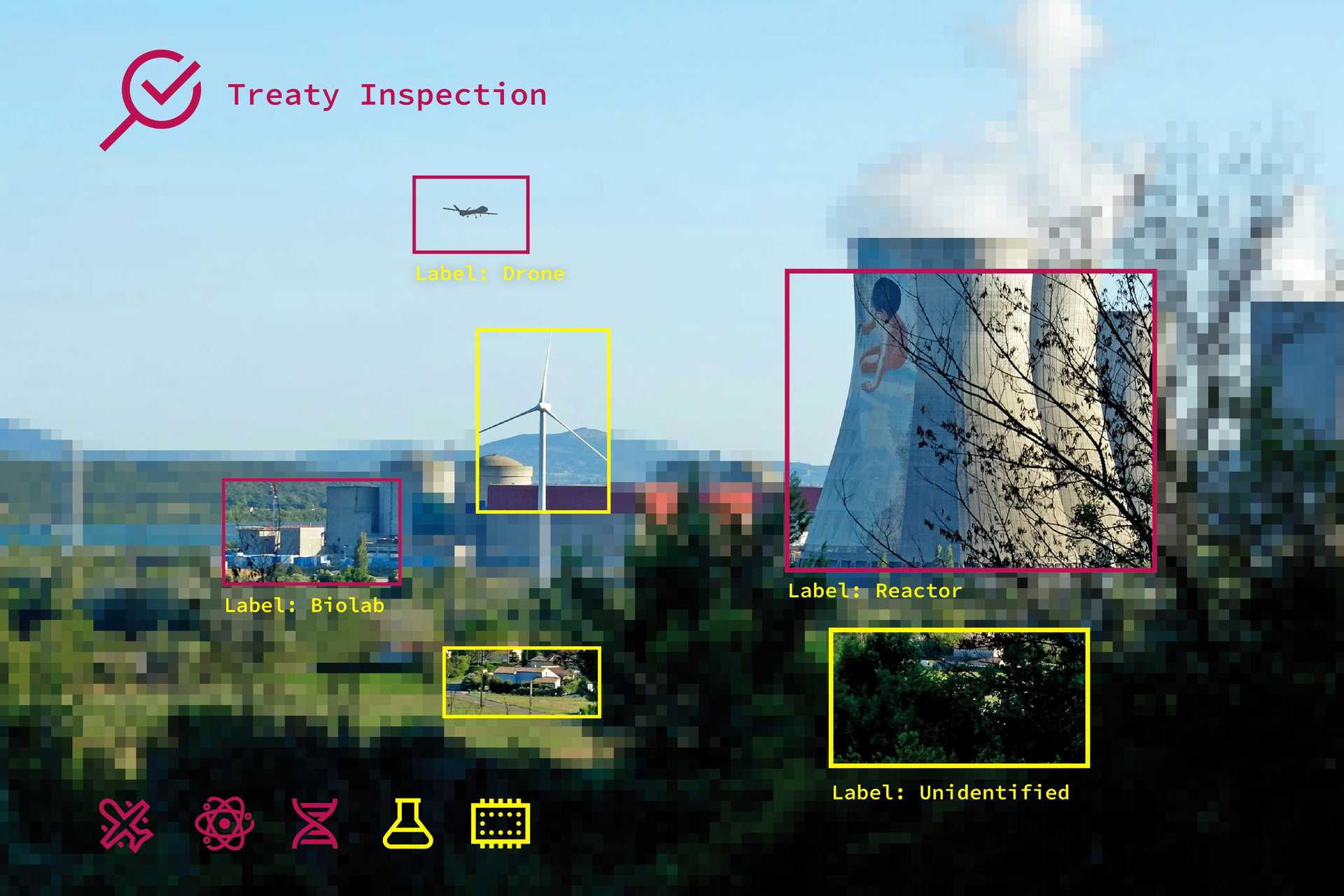
2025
New Realities of AI in Global Security
Contents
Focus
- Artificial Intelligence
Introduction: How the Materialization of AI is Reshaping Global Security Risks and Governance
Artificial intelligence is no longer only lines of code or academic experiments. It is becoming a physical, operational force on battlefields, in critical infrastructure, and in state power. Dual-use applications are emerging that may impact global security. In short, AI has begun to play a...
- Artificial Intelligence
Artificial Intelligence, Semiconductors, and the Chip Wars: Reviewing the Geopolitics of AI in the Military and in International Security
Artificial Intelligence and semiconductors are emerging as critical pillars of modern military power and defense capabilities through autonomous systems or data-processing and decision-support tools. However, AI’s effectiveness depends on access to specialized semiconductors, produced through a globally fragmented and geopolitically sensitive supply chain. While advanced...
- Artificial Intelligence
Navigating AI in a Geopolitical Innovation Race
China, the U.S., and the EU all frame AI as part of global competition, often described as an ‘AI arms race’. The metaphor casts AI as a zero-sum struggle for technological supremacy, with winners gaining economic, political, and strategic advantages over adversaries. We argue that...
- Artificial Intelligence
Warfare at Machine Speed: The Growing Use of AI in the Military
Debate on AI’s military use has intensified, initially with regard to (lethal) autonomous weapon systems. Autonomous weapon systems independently select, prioritize, and engage targets, making them lethal when humans are targeted. Emerging around 2010, debates around these weapon systems can now be found in the...
- Biotechnology
AI in the Lab: The Future of Biological Design
This chapter examines how AI is reshaping biological design, with new tools enabling advances in protein engineering and genetic research. It highlights recent developments that expand scientific capabilities while creating security concerns, including the potential design of harmful biological agents and cyber-bio threats. The chapter...
- Chemistry
AI Developments in Chemistry
The integration of AI applications with chemistry tools is revolutionizing the operations of both academic and industrial chemical research. How we utilize these applications today will significantly influence the future of the discipline. The application of AI in chemistry has the potential to enable significant...
- Verification
AI in Verification
Artificial Intelligence has proven to be a powerful tool for analyzing large volumes of data, making it an important asset for future arms control verification regimes. This chapter explores potential consequences of AI for verification. We find that the availability of proper training data for...
- Artificial Intelligence
Trends
- Drones
Recent Developments in the Drone Sector
The rise of drones on the contemporary battlefield shows no signs of slowing. Indeed, they are only becoming more important. Since last year’s summary article in the CNTR Monitor, the integration of artificial intelligence with drones has intensified and is particularly evident in the areas...
- Nuclear Physics
Advanced Reactors and International Security
New types of nuclear facilities – using small modular reactors and novel advanced reactors – are seen as potential low-carbon source of electricity to complement renewables. These new concepts seek to replace the traditional large nuclear power plants with smaller facilities, housing clusters of small...
- Chemistry
Self-Driving Laboratories
Self-Driving Laboratories represent a new technology integrating artificial intelligence, chemistry, and robotics with the goal of automating experimental laboratory work to make it faster, more reproducible, and – potentially – capable of operating without direct human intervention. While significant advancements have been achieved in recent...
- Biotechnology
Mirror Life and the Science of Chirality
This chapter examines the science behind mirror-image life forms, focusing on how such organisms might be built and how they could interact with natural ecosystems. It explains the importance of molecular chirality, highlights recent progress in synthesizing short mirror DNA strands, and discusses why some...
- Biotechnology
DNA Synthesis Screening
DNA synthesis technologies are rapidly advancing and becoming more widely accessible, raising concerns about their potential misuse in the creation of harmful biological agents. Screening measures exist but remain fragmented and voluntary, leaving gaps that could be exploited, particularly given developments in AI that enable...
- Emerging Disruptive Technologies
Technology Preferences of Five Western Style Democracies: An Analysis of Security Policy Technology Strategies
The character of warfare is continuously and rapidly evolving. This chapter explores military technologies that may come to dominate future battlefields. Will the war against Ukraine become the future benchmark for military technology, or are countries already thinking ahead? By analyzing the two latest military...
- Drones
Annex
Treaties and Instruments Related to Arms Control, Disarmament, and Non-Proliferation of Nuclear Weapons
International Treaties and Instruments Related to the Governance of Biological and Chemical Weapons Disarmament, Non-Proliferation, and Dual-Use Risks
International Initiatives and Core Principles for the Safe Use of AI
Examples of AI Uses in Contexts of Monitoring and Verification
Glossary 2025
Downloads
Blurb
The current boom in artificial intelligence may have significant impacts on global security. Emerging dual-use and military applications create new realities on battlefields and beyond. The CNTR Monitor 2025 examines current challenges and opportunities posed by AI. Instead of long-term doomsday scenarios, it looks at how AI has materialized in existing systems and why we need new approaches to regulation. Three major implications are considered. First, the growing use of AI in military planning and strategic state behavior. Second, dual-use risks emerging in domains such as biotechnology and chemical synthesis. Third, opportunities and challenges of using AI for verification and monitoring in arms control. In addition, the CNTR Monitor sheds light on selected recent technology trends and analyzes their implications for global security.
About
The CNTR Monitor is an annual open-access publication and the core product of CNTR's research. It highlights technological innovations and developments in the natural sciences that are relevant to peace and security. In addition to analyses of individual technologies and reports on research and development (R&D) activities, the Monitor also explores opportunities for arms control and outlines options for political regulation.